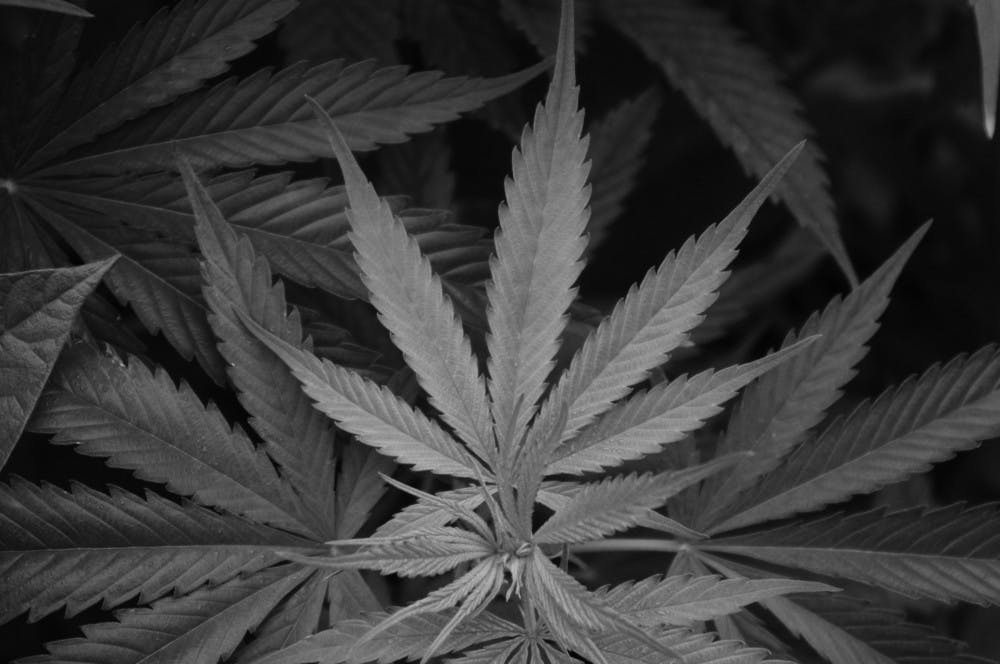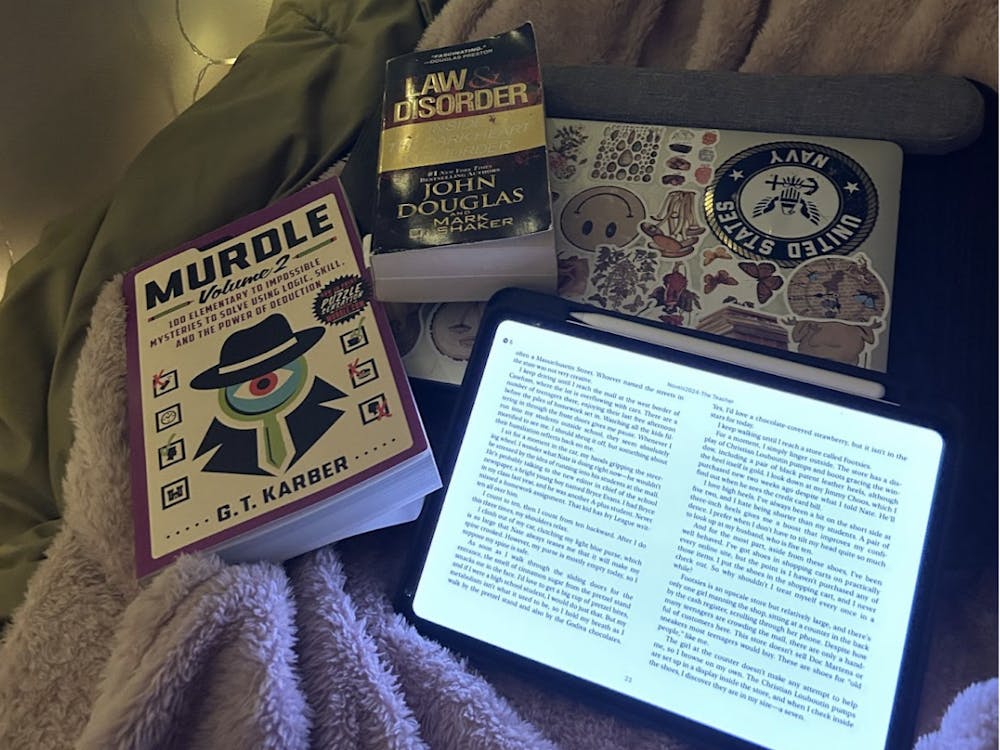
Hemp is required by the FDA to have a tetrahydrocannabinol (more commonly known as THC) concentration of under 0.3 percent. On the other hand, marijuana can have concentrations at 20 percent or even higher, depending on the strain. So, a word of warning, eating hemp will not make you high, though it is fairly effective as a laxative according to one 2014 study. The reason for this disparity centers around plant sex, or what others might refer to as pollination.
The cannabis plant is one of the few species that is dioecious, meaning there are distinct male and female plants (rather than both types of flowers being on the same plant). If you are growing marijuana, you only want the female plants, as they are the ones that produce the greatest THC, particularly in their flowers (or buds).
However, this production decreases dramatically once pollination occurs. Strains of cannabis approved for hemp use have already been bred to reduce the amount of THC produced and, unlike in marijuana farming, the male plants are kept and allowed to pollinate their female counterparts.
Hemp has been around for a long time, particularly in Eastern Asia. In China, formal hemp cultivation (rather than just using wild hemp) has been recorded as far back as 2800 B.C. It then spread to Europe during the Middle Ages, was planted in Chile in the 16th century, and from there it moved in to North America. It was an essential crop before World War II for a large part of the Midwest, including the constituent state of our beloved Senate majority leader Mitch McConnell, Kentucky.
For this reason, McConnell has long been a proponent of bringing back hemp production and was cosigner on a 2014 farm bill which prompted the re-legalization of hemp. Looking back on it now, it’s such a beautiful reminder that the man was once capable of getting bills passed. However, though it is legal to grow hemp in some states, large scale productions still receive a great deal of push back from the Federal Drug Enforcement Agency.
This is in contrast to the 1600s, when property owners in Jamestown, Va. were required to grow hemp by a degree from King James I. The plant was used to make cordage for ships. During World War II, it was grown throughout the Midwest (particularly in Kentucky) in order to make uniforms, canvas and rope.
Today a lot of hemp is imported into the U.S., mainly from China, which produces 70 percent of the world’s hemp. The fiber, which is extracted from the core, is used in a variety of products, from building material to animal bedding to clothes.
The pulp can be made into paper. In fact, 95 percent of cigarette paper is made from hemp pulp. Finally, the seeds or the seed oil is often marketed as a health food because they are high in unsaturated fatty acids.
So there you go, all you need to know about hemp. Hopefully I’ve given you another legalization cause to care about.





